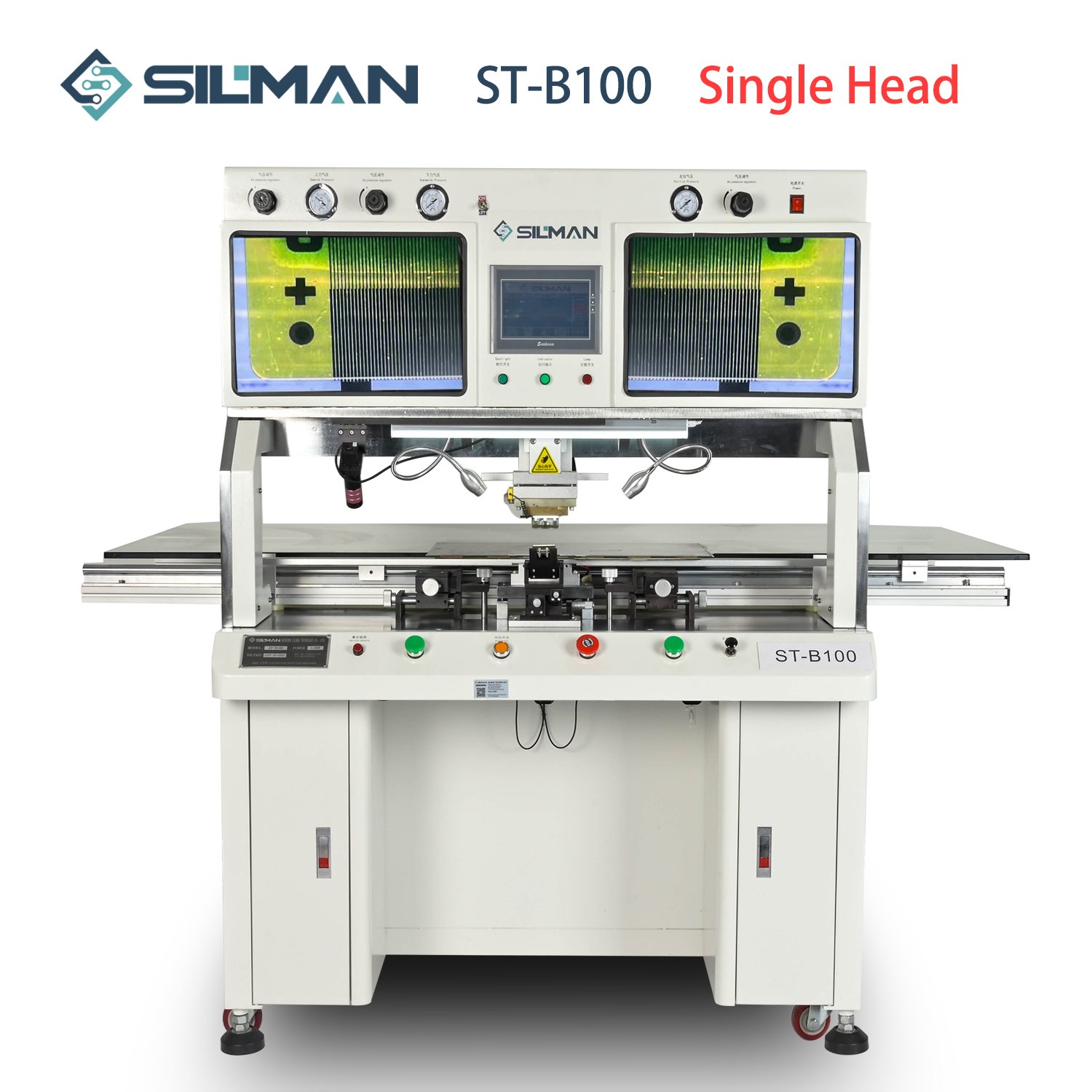There are several types of wave soldering fixtures, and efficient cleaning methods for these fixtures are essential. With the rapid development of electronic devices towards miniaturization, lightweight, and precision, the standards for product quality are becoming increasingly higher. However, people often overlook the maintenance and cleaning of fixtures and equipment in common electronic processes, such as PCB soldering fixtures/tools, wave soldering, and reflow ovens. In the manufacturing process, these aspects are often critical for quality improvement.
Wave soldering fixtures can be classified into three main types based on their application areas:
- Solder mask trays: These are primarily used to improve process quality. They protect surface-mounted components during wave soldering to prevent the solder joints from remelting.
- Panel trays: These are mainly used to increase production efficiency. They are used for simultaneous wave soldering of similar or different PCBs.
- Auxiliary trays: These serve other assembly process requirements. They assist in the positioning of components on the board and facilitate wave soldering of irregular-shaped PCBs.
For cleaning wave soldering fixtures, considering that the equipment operates for long periods and accumulates organic or inorganic contaminants such as resin and flux, regular maintenance cleaning is necessary to prevent secondary pollution of PCBs and ensure the smooth implementation of the process. In the electronic manufacturing industry, large enterprises generally have control standards and conduct regular cleaning. The cleaning of wave soldering fixtures can be done using Silman Tech fixture cleaning machines, which offer one-touch operation and fully automatic cleaning. These machines are equipped with a real-time circulation and filtration system for cleaning and rinsing, and they use a dual-pump dual-liquid circuit design. During cleaning, the spray system operates in a sealed chamber, improving liquid utilization efficiency and reducing costs.
